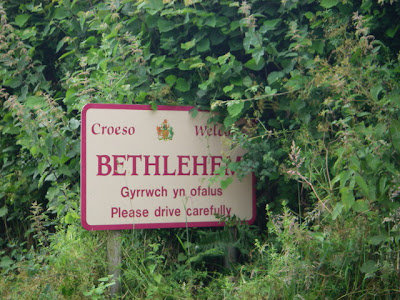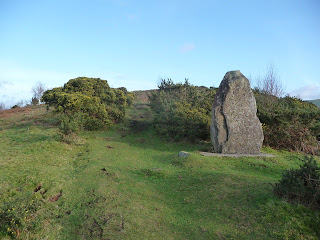 |
| Main Street, Fotheringhay © Copyright Ian Yarham |
The reason for the village's illustrious past is Fotheringhay Castle, which stood near the River Nene just outside the village and was at one time the home of the Dukes of York. With Richard III's death on Bosworth Field, the York line of kings came to an end and shortly after Mary's execution (in the castle's Great Hall), the castle began to fall into disrepair. It was eventually pulled down in 1627 and all that remains today is the motte (raised earthwork) on which it was built and a small piece of masonry. The site is freely accessible to the public.
 |
| Fotheringhay church and castle mound © Copyright Martin Richardson |
Richard III's birthday is commemorated annually by the Richard III Society by the placing of white roses in the parish church - St Mary's & All Saints - which dates back to the fifteenth century.







